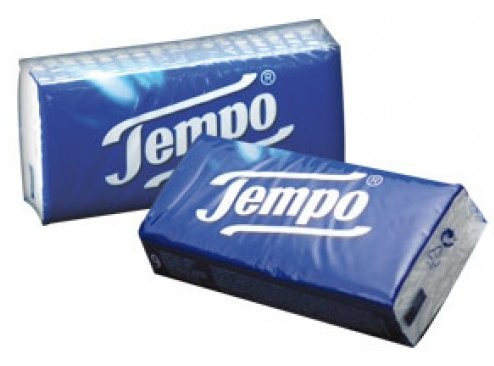In chess there is a concept named Zugswang. It is a position where our opponent has achieved the maximum offensive and defensive position possible. And having to move leaves a weakness that we can exploit. If we can make a move that loses (sacrifices) a tempo. Without significantly affecting the position and thereby making it our opponent's turn to move. We have converted an equal position into a winning position.
The amount of material one should capture using chess engine scoring system is at least 1 point (value of 1 pawn using standard point system)
There are many more examples. I thought the above example would be the easiest to understand.













using the standard point system, how much material should one capture for sacrificing a tempo?